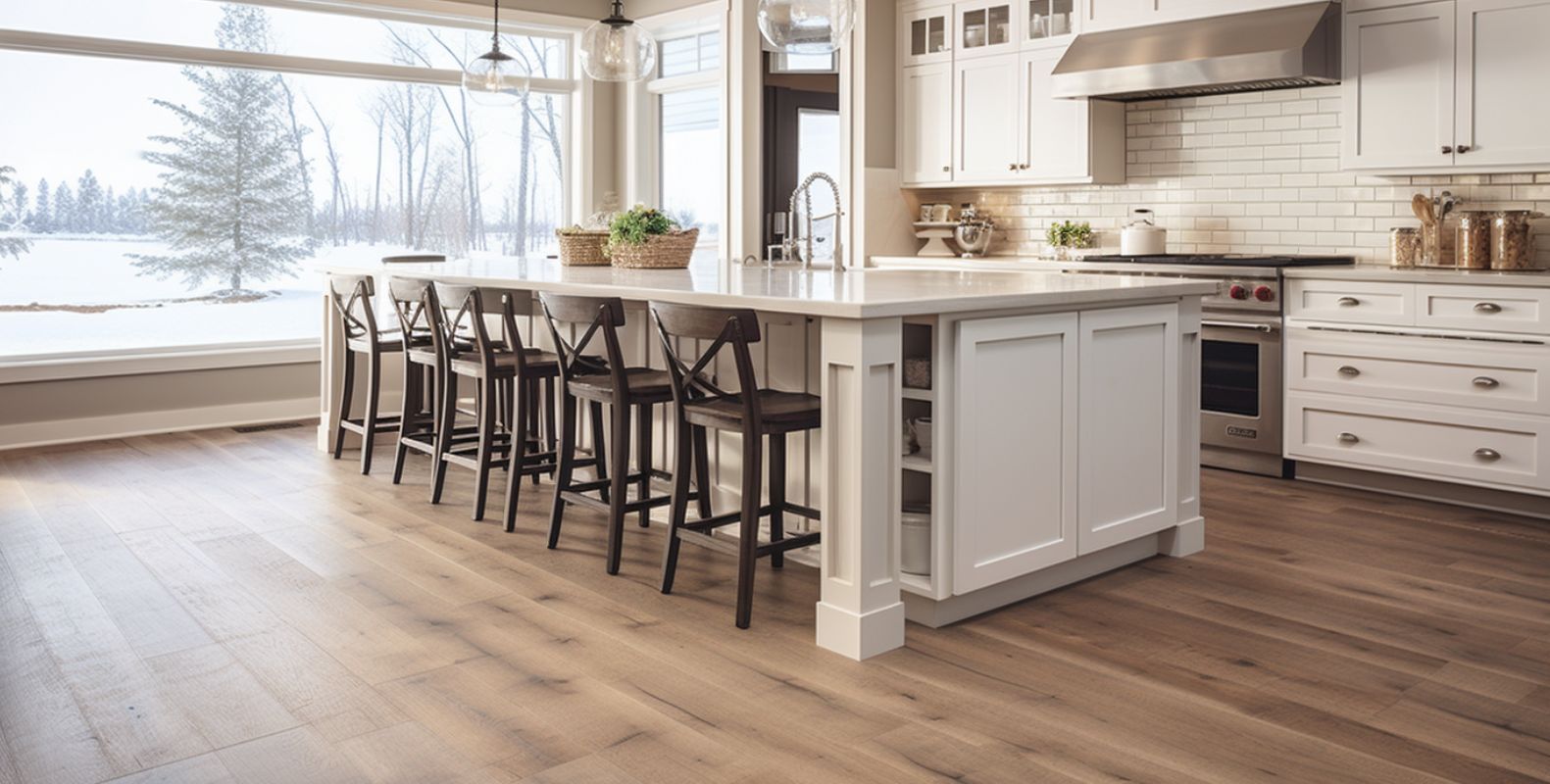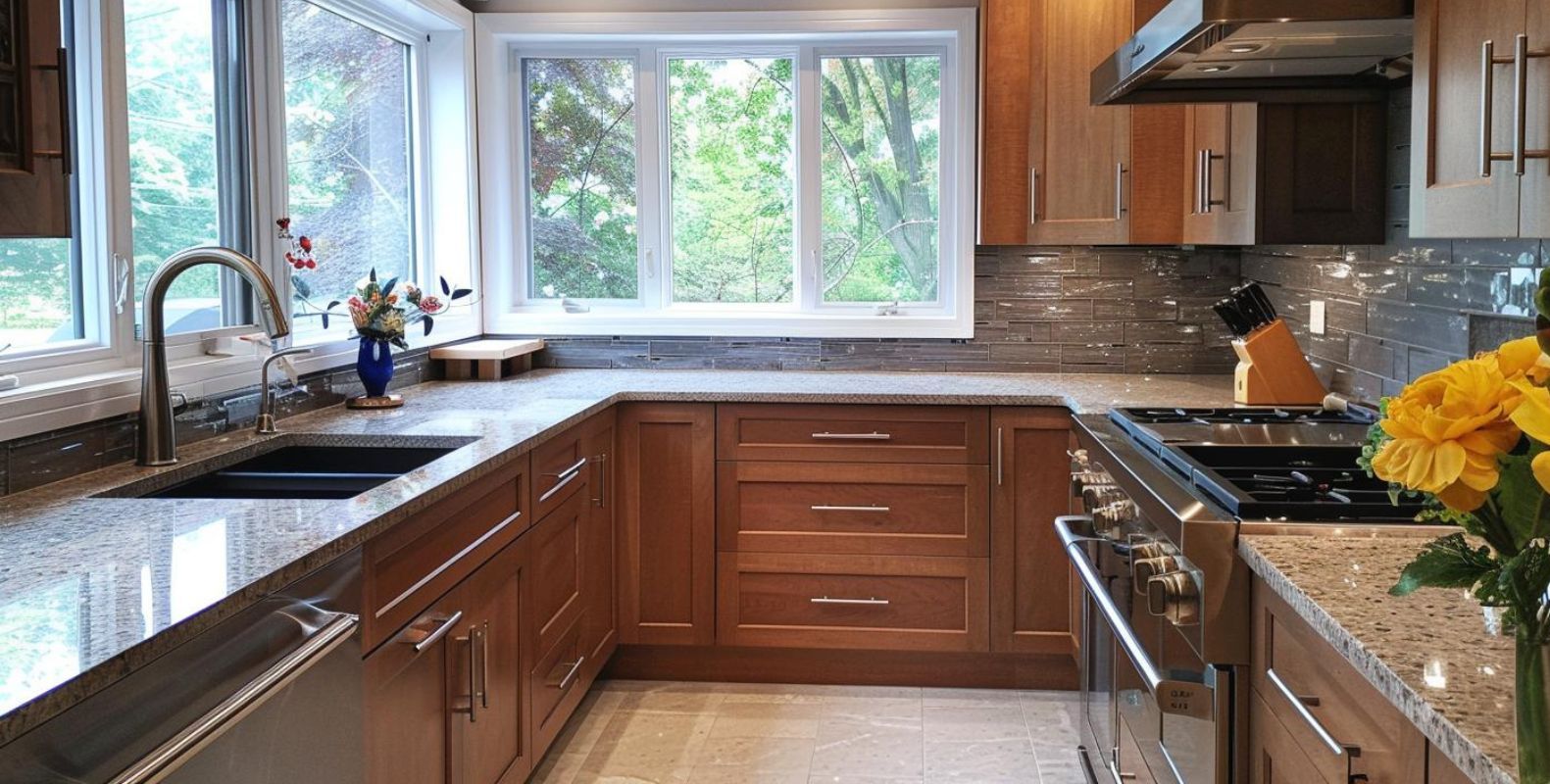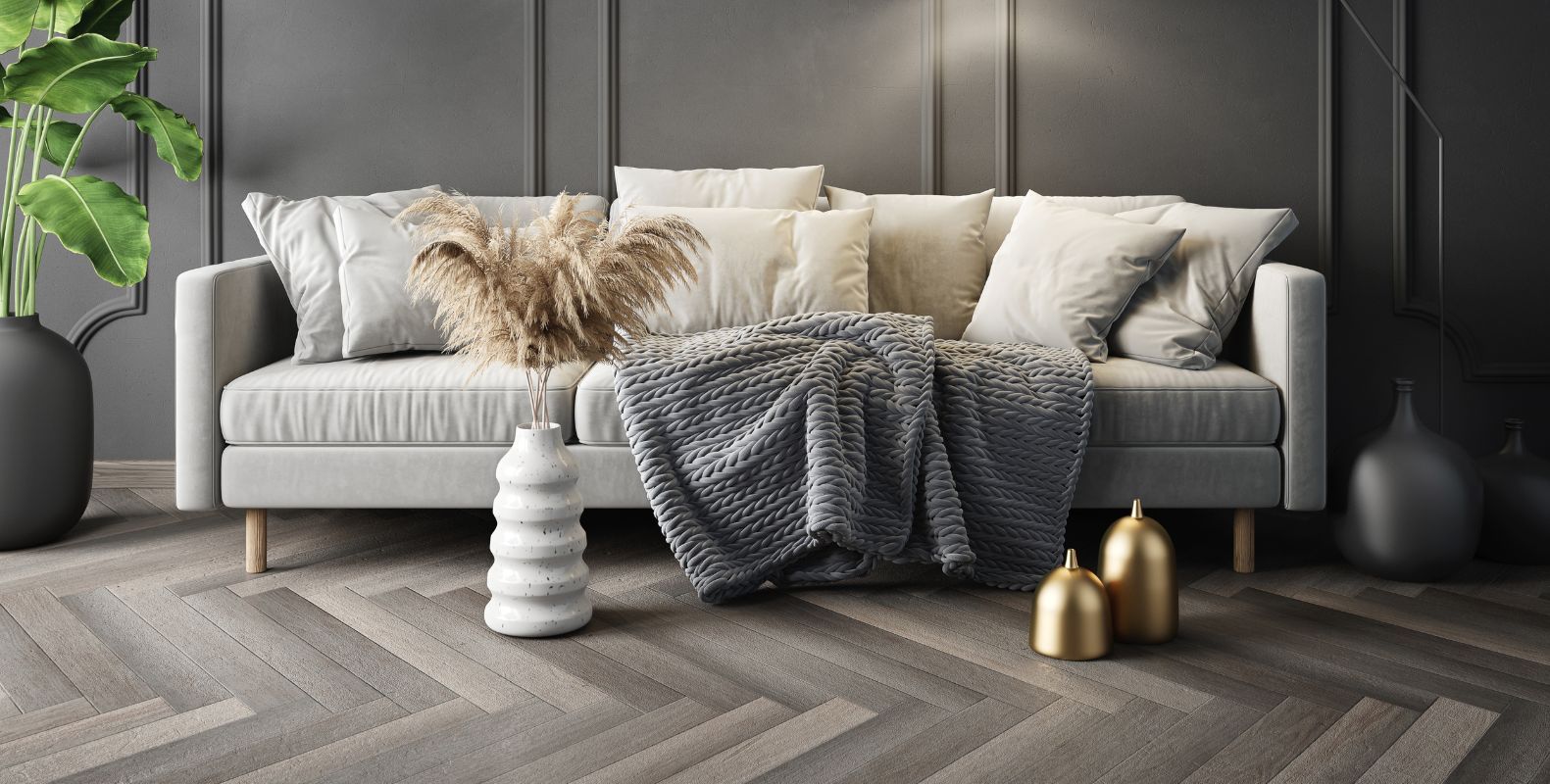Cold Season, Clean Surfaces: Tips for Winter Laminate Maintenance

This article will discuss 4 essential topics related to proper laminate floor care during the winter months: understanding laminate’s resistance to winter elements, establishing daily cleaning routines, addressing winter-specific laminate stains and marks, and protecting laminate from temperature fluctuations. Learning to properly care for your laminate flooring during the winter months can save time and money, and extend the life of your flooring.
Understanding Laminate’s Resistance to Winter Elements
Understanding laminate’s resistance to winter elements is essential to ensure its longevity and practicality in winter climates. Laminate is a highly popular flooring option due to its affordability, ease of maintenance, and water resistance; however, its resistance to winter elements can be more varied. Laminate’s effectiveness in winter environments depends largely on the specific construction and type. Furthermore, the thickness and quality of the material used should also be taken into consideration.
On the other hand, some types of laminate are more resistant to winter elements than others. In particular, laminate constructed with multi-layer particleboard is typically more resistant to moisture, warping, and other damage due to cold temperatures. Varieties made with several layers of paperboard are also more effective in resisting winter elements. These laminates tend to be more durable, allowing them to endure wetness penetration, snow, and ice.
In addition, certain laminates include a plastic protective layer that provides additional a waterproof layer. These laminates are especially effective at resisting winter elements, as the plastic layer helps to repel liquid and prevent it from absorption. When choosing a laminate flooring for winter climates, it is important to consider the thickness and construction of the material. Additionally, the presence of a protective plastic layer can provide added resistance to moisture and other types of damage.
Consequently, it is important to understand the particular advantages and disadvantages of different laminates in order to ensure optimal performance in winter climates. Although the cost and aesthetics are important considerations, the ability to effectively resist winter elements should also be weighed when making a decision. By understanding the various components that influence a laminate’s resistance to winter elements, one can make an informed decision and find the best laminate for their specific situation.
Daily Laminate Cleaning Routines for Winter Months
Taking a few extra minutes to implement a daily laminate cleaning routine specific to winter months and the added challenges cold weather poses can be well worth the effort. During the colder months, humidity levels tend to stay low and increase the amount of static electricity kept inside most homes and offices. Regularly dusting off the laminate surface with a soft cloth is the first step to build the routine. As dirt and dust can build up on the flooring, it is important to vacuum the area twice a week. It is also important to use suction only and a soft or hard floor setting. However, using the beater bar with the brush turned off is strongly recommended for the best performance.
Using a laminate floor cleaner specifically designed for these flooring types is also recommended. Laminate floor cleaners come in liquid form and it is important to always read the directions first before using it. Solutions of water and vinegar can also be used in a moist mop. Avoiding soaking the laminate with water should be avoided and wet spots mopped up quickly and thoroughly. For tougher spots, a denatured rubbing alcohol solution shouldn’t be used on laminate because denatured alcohol is used to strip finishes and will dull the surface over time.
On the other hand, a 50/50 water and rubbing alcohol solution is acceptable in small amounts. Take a look at the manufacturer’s website or contact customer service if you are unsure of what products to use. In addition, using window cleaning products such as Windex should be avoided, as it can erode the finish on the laminate floor and leave a streaky appearance. Furniture coasters and non-staining mats can help to protect laminate surfaces from wearing and scratches, and doing a regular deep cleaning every six months can also help to keep the floors looking nice.
Following the proper winter cleaning routine for laminate flooring is not just about shining up the surface. Keeping the floors dry and free of dirt and grime can also extend the life and keep it looking like new for years to come. For instance, the best way to prevent dirt and grime from building up is to put a doormat at each entrance so that people can clean their feet or take off their shoes before entering. Regularly cleaning or replacing doormats can help to keep dirt from being tracked in.
Similarly, another challenge that winter months present is ice and snow melted from boots and shoes before entering the building. To prevent water stains or fading, it is important to remove the moisture as soon as possible. As a result, it is important to mop any areas with water and dirt as quickly as possible in order to preserve the laminate’s finish.
Consequently, besides the moisture from ice and snow, outside trees and plants tend to drop on the floor and cause stains. During the winter, branches can be very brittle and if stepped on, can make a mess and leave marks on the laminate. Cleaning and removing debris from the surface at least once a day can help to preserve the clean look of the floor.
Addressing Winter-specific Laminate Stains and Marks
Laminates are extremely popular materials used for flooring and other surfacing around the home, so taking care of them during winter months becomes especially important. In order to effectively address any winter-specific marks and stains, there are general guidelines that should be followed. Firstly, the source of the mark should be identified as it is important to avoid any further damage, especially if the cause of the stain is something like melted snow. It is also important to ensure the surface is clean and dry before attempting any cleaning procedure.
However, there are several changes that could be specific to an individual’s floor, depending on installation and type of laminate used. If the laminate is 100% water-resistant, one should not use any type of liquid cleaner as it can cause water-related damage. On the other hand, non-water-resistant laminates may benefit from the use of a mild detergent solution – for example, one part detergent to two parts water – with periodic wringing of the cloth used to clean the surface.
Regardless of the laminate type, it is important to remember to use proper precautionary measures such as wearing gloves, using eye protection, and supporting the floor with something like a tarp while cleaning. It is recommended to address any winter issues as soon as they arise as they could permanently damage the laminates. Similarly, a floor humidifier should be used in areas that experience dry winters as this can help reduce any accompanying problems such as shrinking or cracking laminates.
In contrast, during winter months a laminate surface should not be mopped in order to avoid the development of mold, however a vacuum cleaner can safely be used. A vacuum cleaner is especially useful for removing dirt, dust and pet hair that may stick to the surface during this time of the year. As a result, it is possible to maintain laminates in good condition during winter months by taking the correct precautions and cleaning regularly, using the proper techniques and cleaning solutions. Consequently, knowing these techniques is extremely important when taking care of laminates during the wintertime.
Protecting Laminate from Temperature Fluctuations
Protecting laminate from temperature fluctuations is an important step in ensuring it can last for many years or even decades. Laminate flooring is one of the most popular materials for floor coverings because it is both durable and inexpensive. However, it is important to take steps to protect it from temperature changes. Excessive temperature change in laminate can cause the boards to expand and contract, which can cause warping and damage to the flooring.
Extreme temperatures can also cause the glue that holds the panels together to break down or become brittle, resulting in gaps forming between the boards. This can be especially damaging in homes with large temperature changes, such as homes along the coast with substantial temperature variations in the summer and winter months.
On the other hand, there are several steps that homeowners can take to protect laminate from temperature fluctuations. The first is to install laminate flooring with an adequate expansion margin. This will allow the flooring to expand and contract depending on the temperature more easily. Additionally, installing foam or rubber pads under the laminate will also help to cushion against any temperature changes.
In addition, it is important to monitor the surrounding area for any changes in humidity. If the humidity rises or falls too much, it can affect the expansion of the flooring. Furthermore, vents should be installed in areas with large temperature fluctuations, such as windows, providing improved air flow and helping to prevent dramatic temperature changes.
For instance, laminate can be protected from temperature changes by regularly cleaning the flooring and ensuring the surrounding area is cool and free from humidity. Additionally, furniture or rugs should be placed carefully on the flooring in order to keep the surface even and avoid warping.
Similarly, ensuring the appropriate temperature settings in any climate control systems is also essential. Air conditioners and furnaces should not reach temperatures too far from neutral or the excessive changes can cause damage to the flooring.
There are several steps that homeowners can take to ensure that their laminate flooring is protected from temperature fluctuations. With the proper care and attention, laminate flooring can last for many years to come. As a result, the cost of installation can be a worthwhile investment, providing an attractive and durable floor covering. Taking the necessary steps to protect laminate from temperature fluctuations is an essential part of ensuring it lasts for many years.
Final Thoughts
In conclusion, laminate flooring can be treated to resist the harsh winter elements if proper routines, cleaning processes, and precautions are consistently maintained. These processes include cleaning the laminate daily with a slightly damp mop or cloth, addressing winter-specific stains and marks quickly by taking into account the type of laminate and substance causing the stain, and protecting the laminate from temperature fluctuations by using runners or mats in addition to keeping an indoor, consistent temperature. By implementing all of these practices, laminate flooring can withstand the winter and remain in good condition. If you have any questions or need professional cleaning call Higher Standards for your Laminate Floors!
Frequently Asked Questions
How does winter’s dry air affect laminate flooring?
Winter’s dry air can cause laminate flooring to contract, leading to spaces forming in between the planks. This can also lead to sagging and bowing of the planks. To prevent this, it is recommended to take steps such as using a humidifier or keeping a pot of water with a lid on it near the flooring to help add moisture to the air and keep the flooring at a consistent temperature.
What solutions can help remove salt stains from laminate?
To remove salt stains from laminate, try a mixture of warm water and mild dish soap. Using a soft cloth, gently rub the area to absorb the stain. Let the mixture sit for a few minutes, then blot it off with a soft, dry cloth. If the stain persists, you may need to use a stronger solution such as white vinegar or baking soda mixed with water. Apply the mixture and let it sit for a few minutes, then wipe off with a damp cloth.
Is it safe to use heated flooring systems with laminate?
Yes, it is safe to use heated flooring systems with laminate. Because most laminate flooring is constructed with a melamine backing, water dispersing, and heat resistant, it is designed to resist the higher temperature associated with a heated floor. However, be sure to check the manufacturer’s instructions to ensure that your particular product is suitable for this application.
How often should I clean my laminate floors in winter?
Laminate floors should be cleaned on a regular basis throughout the winter months. Depending on how much traffic the floors receive, you may need to clean them weekly or bi-weekly. Every other week, vacuum or sweep the floors to remove any dirt and debris. Then, use a damp cloth or mop and a mild detergent to spot clean any spills or stains. Be sure to dry the floor with a clean towel after mopping.




